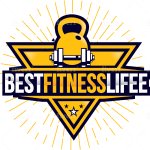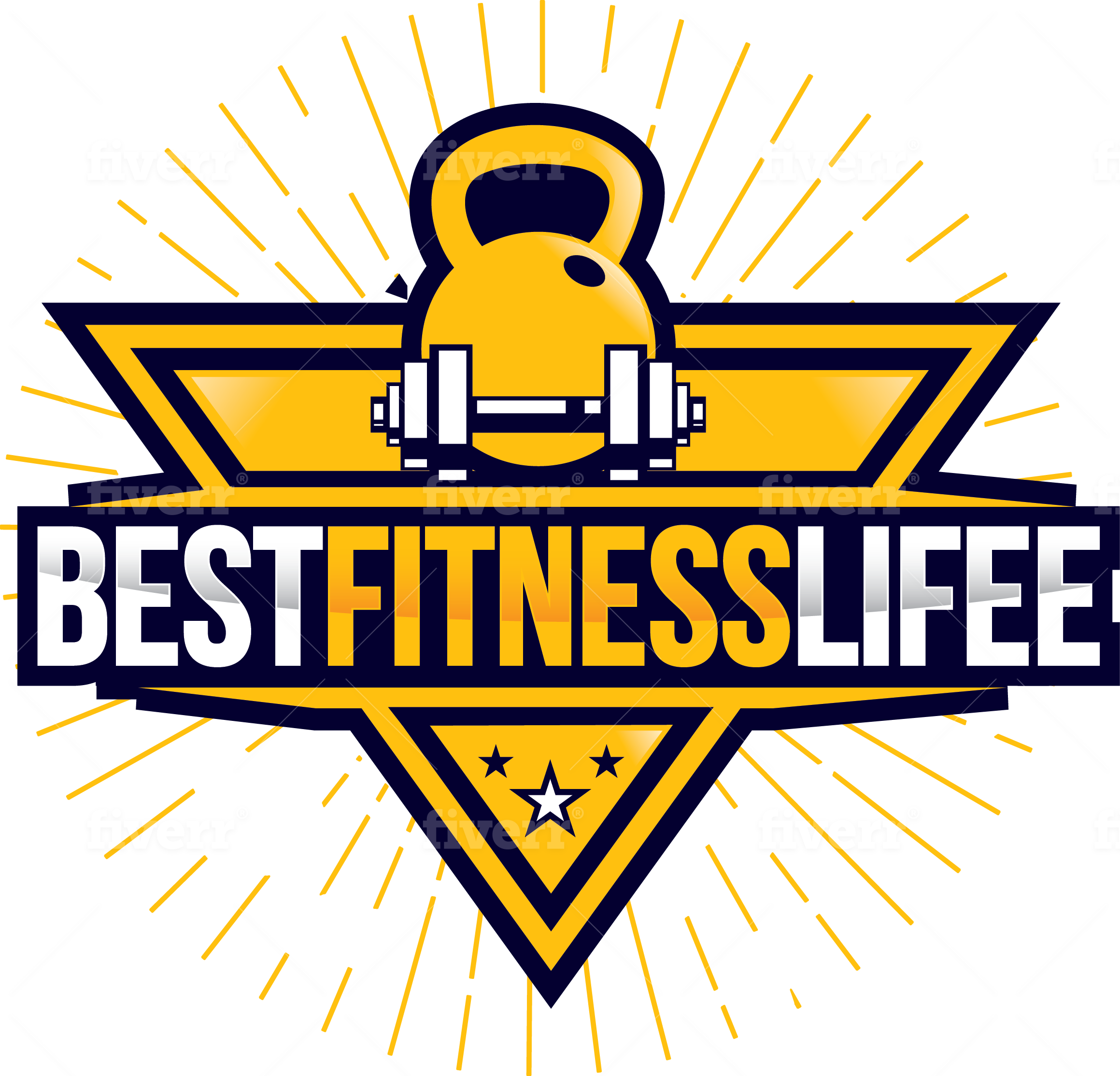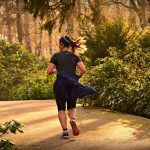Do you want to know about yoga for beginners? If yes, you are in the right place. I have done extensive research on yoga for the last couple of years. Yoga is a holistic health approach and an ancient Indian tradition.
It focuses on your mind, body, and soul. I have been practicing yoga for the last few years. In today’s article, I will tell you what I have learned and will talk about the benefits of yoga, best poses, and other things. Read on!
Benefits of Yoga for Beginners
Yoga for beginners offers a lot of benefits. However, it is not an easy task. I have seen many people quit yoga because they don’t see immediate results. It is crucial to know that yoga requires patience and momentum. Don’t lose your motivation even if you don’t see results fast.
There are various types of yoga practices, and it is possible for beginners to start effectively. Whether you’re a beginner or a professional, fitness levels, do not matter a lot. The reason is that you can modify yoga poses according to your fitness level and body requirements. Let me talk about the benefits of yoga for beginners.
Physical Benefits of Yoga for Beginners
Yoga incorporates physical exercises, mindfulness, meditation, and breathing techniques. The relaxation methods included in yoga can reduce chronic pain. It can also lower back pain, headaches, arthritis, and carpal tunnel syndrome. Yoga for beginners is also beneficial in terms of lowering blood pressure and reducing insomnia.
When it comes to physical benefits, yoga can increase flexibility and strengthen your muscles. It also improves respiration, vitality, and energy. Yoga is the best way to maintain or balance your metabolism. Besides, this ancient Indian discipline can help you lose weight, improve cardiovascular health, and protect you from injuries.
Mental Benefits of Yoga for Beginners
A growing body of research evidence shows that yoga can improve mental health. It involves deep breathing techniques, and when you inhale the fresh air, it reaches all your organs. For example, yoga boost your energy levels and supplies fresh oxygenated blood to your brain.
As a result, your brain releases certain chemicals, such as serotonin, dopamine, and endorphins. The first two chemicals suppress stress levels and lead to a calm, relax the mind. On the other hand, endorphins produce analgesic effects on your muscles. If you have back pain, neck pain, or joint pain, these chemicals will block signals to the brain. As a result, you will feel no pain and stay calm.
Stress is the leading cause of many mental health conditions. It can also affect your physical health. For example, stress can increase your neck and back pain, disturb your sleeping pattern, and cause difficulty concentrating. Research shows that yoga can effectively reduce stress and give you a more positive outlook on life.
Because yoga incorporates breathing and meditation techniques, it improves your mental health. Regular yoga for beginners creates mental clarity and increase your body awareness.
Additionally, it can relieve chronic stress patterns, increase attention, sharpen focus, and relaxes your mind. Mind-body awareness is the most significant benefit of yoga for beginners. Therefore, it is essential to practice regularly to reap all the benefits of yoga.
Yoga for beginners is not easy. It requires you to focus on a few critical things. Next, I will talk about them so that you can learn to start practicing yoga efficiently at home. Continue reading!
Get Your Gear
Technically, a person does need anything to start yoga. However, experts recommend buying equipment to enjoy yoga. The purpose is to get the most out of your yoga practice. Investing in a quality yoga mat a few props can make you feel comfortable in your practice. You should also buy a pair of yoga blocks, a yoga strap or belt, and a bolster. If you want to further improve your comfort, make sure you invest in buying a cushion for meditation.
Find Your Flow
There various options for streaming a good yoga session online. You can find hundreds of channels on YouTube where you can learn yoga. It is a good option if you want to avoid spending money on practicing yoga in the studio.
Yoga for beginners requires them to find their flow. For example, if you have got admission in a yoga studio but can’t practice easily, it is time to talk to your instructor. Ask your instructor to modify poses for you so that you can practice them easily.
Schedule Your Time
The most important thing about yoga for beginners is scheduling time. For example, if you want to practice at home, it is necessary to find a specific class schedule. At the same time, you need to focus on the length or duration of practice.
There are some downsides to home practice as well. For example, the bad thing about practicing at home is that you do not follow a specific length of practice or class schedule. If you fail to challenge yourself, you won’t perform yoga properly.
Moreover, it is not necessary to do yoga practice at the same time every day. However, if you are not intentional about the time, chances are it will not happen. I recommend you to go ahead and look at your daily or weekly schedule. Then, decide in advance when to perform yoga and how much time you will require to practice it.
The decision is ultimately in yours, but I say you should start practicing at least 15 minutes. You will also gradually increase your time when you have mastered some poses. On the other hand, some expert yogis suggest that yoga for beginners is good when it is 35 to 45 minutes.
Best Yoga Poses for Beginners
Yoga is a broad approach and a tradition that offers a wide range of poses. However, it is not easy for beginners to do every pose. There are certain poses that beginners can do at home or under the guidance of their gurus. In this section, I will talk about some of the best poses that you can start at home. Continue reading!
Cat-Cow
- Start on your hands and knees and make sure you are in the tabletop position
- Take a deep breath and draw your chest forward
- Drop your abdomen toward the floor and push your tailbone toward the ceiling
- On the exhalation, lower your head and position it between your shoulders
- Round you back, tuck your lower back forward and carve out your belly
- Make sure your belly button in toward the spine
- Repeat these steps at least three times or five times
Downward Facing Dog to Down Dog Split
When you have performed the cat-cow pose, it is time to do the downward-facing dog to down dog split pose. It is one of the best poses when it comes to yoga for beginners. Here are the steps:
- On the next exhalation, tuck your toes and then press through your feet and palms
- Lift your buttocks and try to reach your glutes. Make sure your flutes is toward the ceiling
- Position your body in an inverted “V” style and relax your neck and head between your arms
- Now, press your heels or feet toward the floor. It does not matter if you can touch the floor
- Besides, draw your shoulders away from your upper body, including ears
- Articulate your spine toward the ceiling so that you engage your quadriceps
- Pedal your feet and bend your knee
- Stay in the position for at least five breaths
Low Lunge
- From the previous pose, step your left foot forward between your hands
- Keep your right leg firm and then focus on your knee
- Make sure your knee is straight and then engage your quadriceps
Warrior I
Warrior I is one of the best yoga poses for beginners. Not only does this pose to strengthen your muscles, but it also increases blood flow to your brain and other organs. As a result, you feel calm and relax. Here are the steps to perform Warrior I.
- Take a deep breath and then rotate your left heel to the mat. That way, your left foot is at 45 degrees angle
- Now, press through your feet to rise and stand up and then bend your right knee at 90-degree angle
- Make sure that your left leg is straight and then lift your arms and ensure they are toward the ceiling
- Your palms should face each other. The important thing is to keep them shoulder-width apart.
- Square your buttocks to the front, which means you will pull the right hip back and the left one forward
Warrior II
Warrior II is another best yoga pose. Yoga for beginners must include this pose because it has many benefits. The pose stretches your shoulders, groins, and hips. It also opens your lungs and chest as well as energize tired muscles. The best thing about this pose that I like is stimulating the abdominal organs.
I have seen my abs getting better with the warrior II pose. Moreover, it strengthens your body muscles, develops stability and balance, and improves respiration and circulation. Thus, it is no surprise to tell you that yoga for beginners, including this pose, has many health benefits. Here are the steps to do this pose. Keep reading!
- From Warrior-I pose, reach your right arm. Move it toward the room’s front.
- Then, reach your left arm and move it toward the back of the room
- Now, engage your core and position your torso evenly between your legs
- Pull down your shoulders away from your ears and then align your right heel with the left foot’s arch
- Stay in this position for at least five breaths
Reverse Warrior
- From Warrior II, you can perform the reverse warrior pose
- Lift your right arm over your head to come into the reverse warrior pose
- Now, gently slide your left arm and ensure it move downward toward the back of your left thigh
- Make sure you slightly bend your left knee and stay in this position for at least three breaths
Plank
- On the next exhale, release your hand and then place them on the ground, floor, or mat.
- Now, step your right foot in the plank position and stay in this position for one breath
- The next step is to engage your core and bend your elbows
- Now, lower your torso toward the ground and step before you touch down
- You can modify the pose by lowering all the way down
- Hold the pose for at least ten breaths
- If you don’t feel comfortable, then hold it for five breaths
Upward Facing Dog
The upward-facing dog is one of my favorite yoga poses. I recommend it to beginners and think that this will benefit them a lot. When it comes to yoga for beginners, the practice is incomplete without upward facing dog pose.
The pose strengthens your arms, wrists, and spine and stimulates your abdominal organs. It also improves posture and stretches your anterior spine. Likewise, upward facing dog pose helps relieve fatigue, pain, depression, and sciatica. Here are the steps to perform upward facing dog pose.
- On the next inhale, roll over the toes to press your feet’s tops into the ground
- The next step is that you will press through palms and draw your chest up and forward
- Make sure it is between your arms while you extend your elbows
- Now, look up and engage your quads and lift from the ground
Final Words
Many research studies have confirmed that yoga for beginners can improve their physical health and mental wellbeing. I would rephrase my words again, which are: although it seems yoga is easy, I believe it is not if you don’t take it seriously.
Moreover, in this post, I have talked about the physical and mental benefits of yoga. Besides, I have articulated of the essential gear you need to practice yoga. Furthermore, I have given you some tips to schedule your yoga time and then talked about poses.




